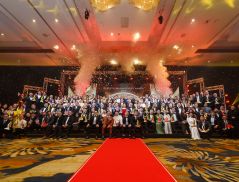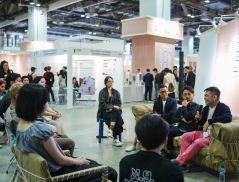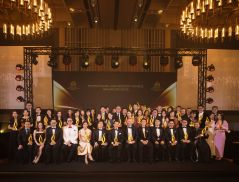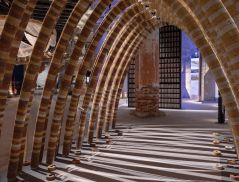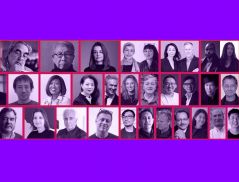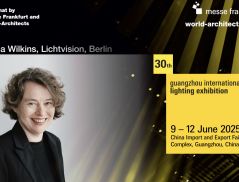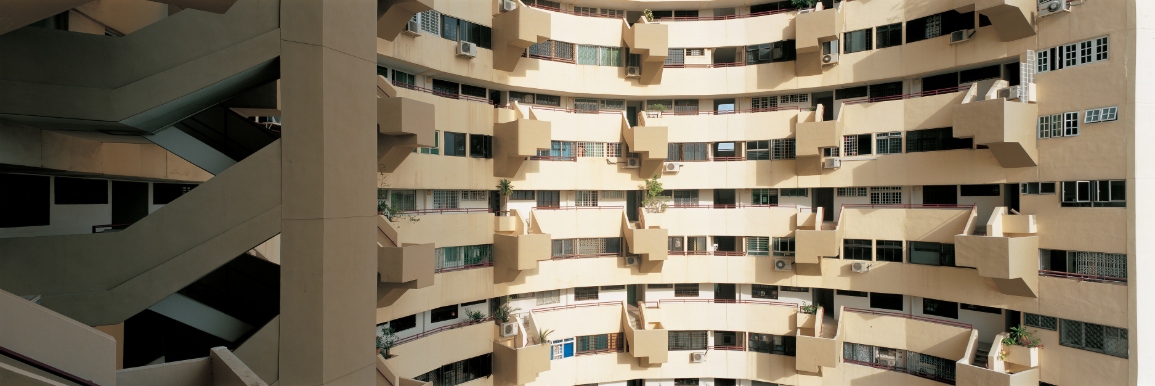
What: 8th mASEANa International Conference Singapore 2019
Title: Progressive Once More: Rejuvenating Mid-Century Modern Architecture in Southeast Asia
When: Thu, 31 October 2019 – Sat, 2 November 2019
Organisers: Docomomo Japan, Japan Foundation, Docomomo-Sg Working Group-In-Progress, NUS Department of Architecture, Singapore Heritage Society
Why you should attend: The mainstream demolish-and-rebuild urban development approach is in urgent need of a fundamental rethink in view of long-term environmental impact and liveability considerations. Often occupying large sites on prime land, mid-century modernist complexes in the region, once progressive symbols that are now unloved and suffering from lack of maintenance, are at the brunt of redevelopment pressures. Architects and designers concerned with how their practice may impact on the environment and shape the city in the long-term, and who are interested to find out how their counterparts in other cities exercised their design expertise in tackling these highly challenging projects, should find the conference rewarding.
Defining mid-century Modern architecture: For the conference, the timeline is defined more loosely, spanning the late 1940s to the mid 1970s. In Singapore, it was an era of heady optimism and creativity during her formative years as a newly independent nation-state, where architects worked closely with developers and planners to push boundaries and produced significant work that represented the “can-do” spirit of that time. Key examples of such architecture include the Pearl Bank Apartments, Golden Mile Complex, and People’s Park Complex.
Conference highlights: Scholars, building and heritage practitioners focused on the region will share their findings and experience through presenting building projects, case studies and research on modern built heritage in their respective focus countries. In addition to the core ASEAN panels, a special plenary session on the second day of the conference will be convened, where experts/developers in rehabilitation of modernist buildings from the US, UK and Singapore would be giving valuable insight to the possibilities of adaptive reuse and the values that could potentially be unlocked when these are repurposed. Among them include Donovan Rykepma, President, Heritage Strategies International; Elain Harwood, Architectural Historian and Postwar architecture specialist, Historic England; and Susan Macdonald, Head, Buildings and Sites Department at the Getty Conservation Institute.
Mid-century Modern vs. colonial architecture: Heritage value is often assumed to be a function of the building’s age or aesthetic qualities; while age and artistic/architectural achievement are critical factors, they should not be the only criteria. Other factors to consider include social/technological significance, association with key events/personalities, etc. Another point of consideration is the need to ensure the city has a thriving, diverse urbanscape, enriched by cumulative layers of spatial narrative from varied building types of different periods.
Coming from another angle, urban redevelopment has never occurred so rapidly and extensively in the history of mankind (save for postwar reconstruction); if we don’t start caring about our mid-century modern build heritage now, at a time when they are most at risk, and feel that we should wait till they are “old enough”, we will probably be left with nothing to conserve by then. It would be a shame if we have architectural representatives of the colonial period, but nothing of the critical modernising/independence/nation-building years.
We hope to initiate a rethink of the demolish-and-rebuild tabula rasa approach to urban development. It so happens that the ever-shortening building cycles have now caught up with buildings of mid-century vintage – which, at the time when they were built, would have been unthinkable that they would be demolished in less than 50 years.
Click here to sign up for the conference.


 Share
Share
